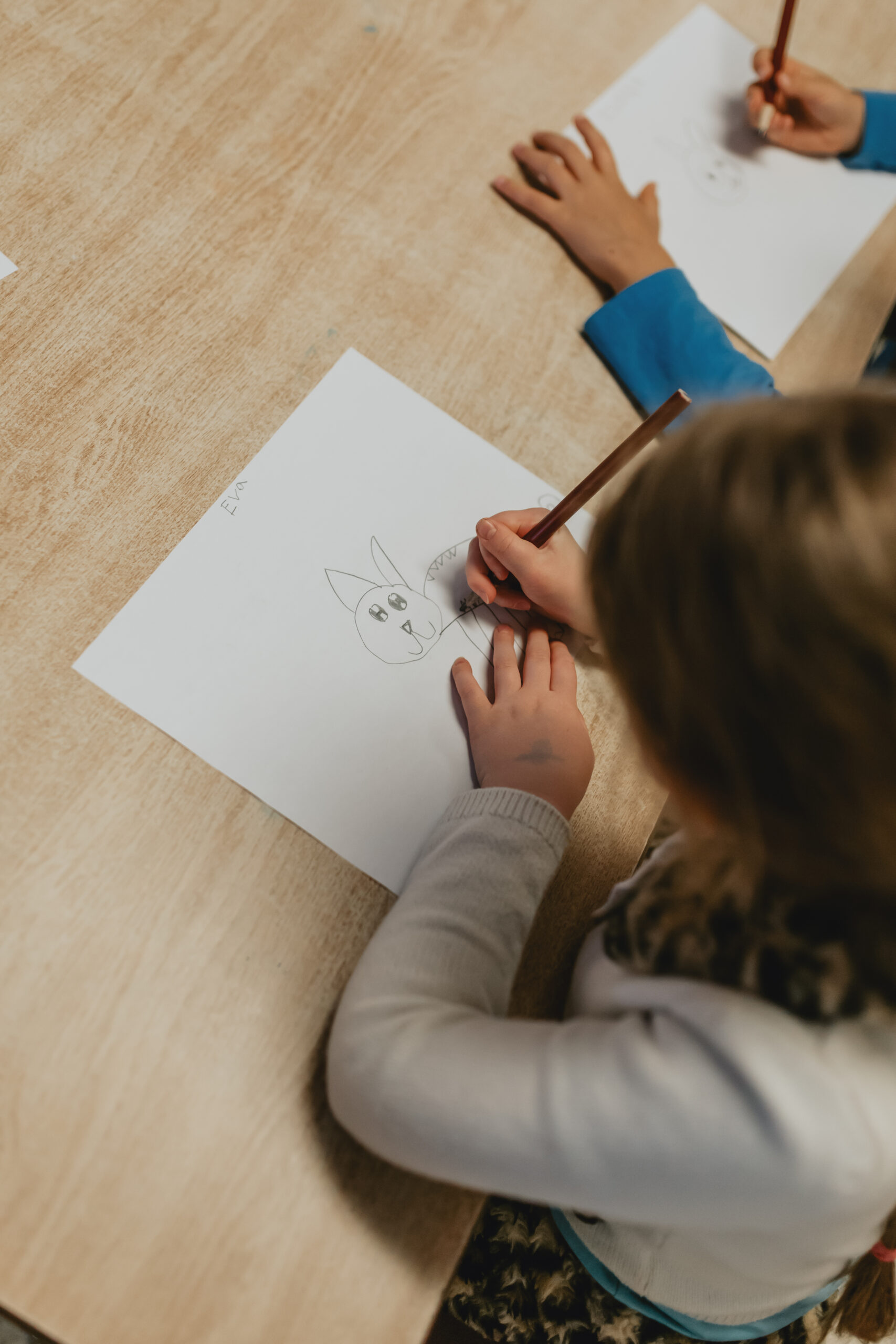How animals communicate with us, and why it’s important to listen
by Ontario SPCA and Humane Society | Interesting | March 1, 2024

Do animals experience the same emotions as humans? The truth is, we all use body language to express different emotions, and animals are no different. The key is learning to understand these cues to better care for, and empathize with our furry friends.
One of the ways the Ontario SPCA and Humane Society is helping foster meaningful connections between people and animals in communities across Ontario is through our AnimalSmart™ program.
AnimalSmart™ is the Ontario SPCA and Humane Society’s humane education program. Presentations are free of charge, and are available to school and community groups in our animal centre communities for Grades 1-8.
The goal of AnimalSmart™ is to foster empathy, promote responsibility and inspire a connection with animals. Presentations include grade specific-engaging content, that promote understanding and a sense of responsibility for the well-being of animals.
How do animals show us their emotions?
By understanding what animals are trying to communicate, we can approach them with empathy, kindness, and understanding. Animals can’t communicate with their words, so they tell us how they’re feeling through their body language.
For example, if an animal is lying down with their belly exposed, they are more than likely feeling happy. When an animal has their ears flat, back against their head, or a tail tucked between their legs, they’re probably communicating they feel scared or anxious.
Just as all humans are different, animals are unique in the way they express feelings. Theme 2 of the AnimalSmart™ program focuses on teaching students about animals’ feelings and emotions. Students are shown images and videos of animals in different settings and work through what the animal’s emotions might be by observing the space their in and the animal’s whole body.
Read more here about the ways dogs, cats, and bunnies communicate through body language.
Is there a limit to what animals can feel?
The range of emotions animals can feel is largely similar to humans. Everything from loneliness to anxiety; excitement and joy.
When working with students through the AnimalSmart™ curriculum, teachers will invite students to express how they might feel in similar situations to animals pictured on screen. For example, if you were afraid and hiding in a corner, how would you want someone to approach you? Or, on your first day of school, what emotions did you feel when you entered your new classroom and saw people you didn’t recognize?
Why is this important to learn?
To properly care for animals we need to be able to empathize with them, and understand what they are trying to communicate.
Education is one of the most important ways we can improve the lives of animals. By advocating for healthy bonds between people and animals, we empower youth to treat all living things with kindness by fostering empathy, promoting responsibility and inspiring a connection with animals.
If we can teach students to empathize and be kind to animals, then that will translate into the classroom and into their world.
Looking to make an impact on students and get involved? Join our Humane Education Volunteer Team!
Categories
Testimonial
For every animal you save
For every animal you save, every animal who feels loved in their last moments, and for everything else you do; thank you and God Bless.
